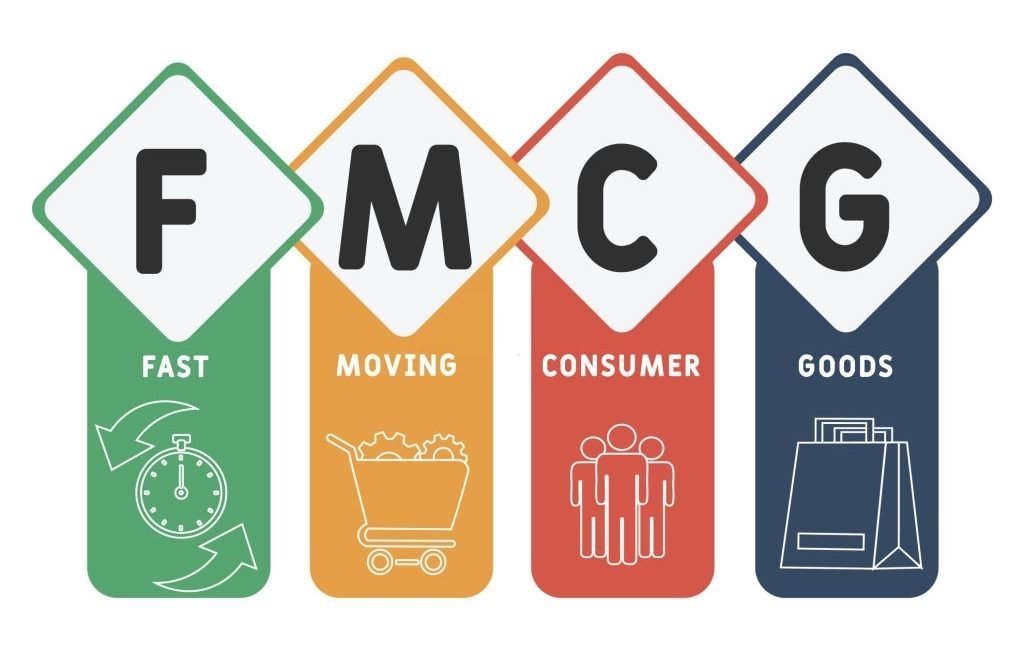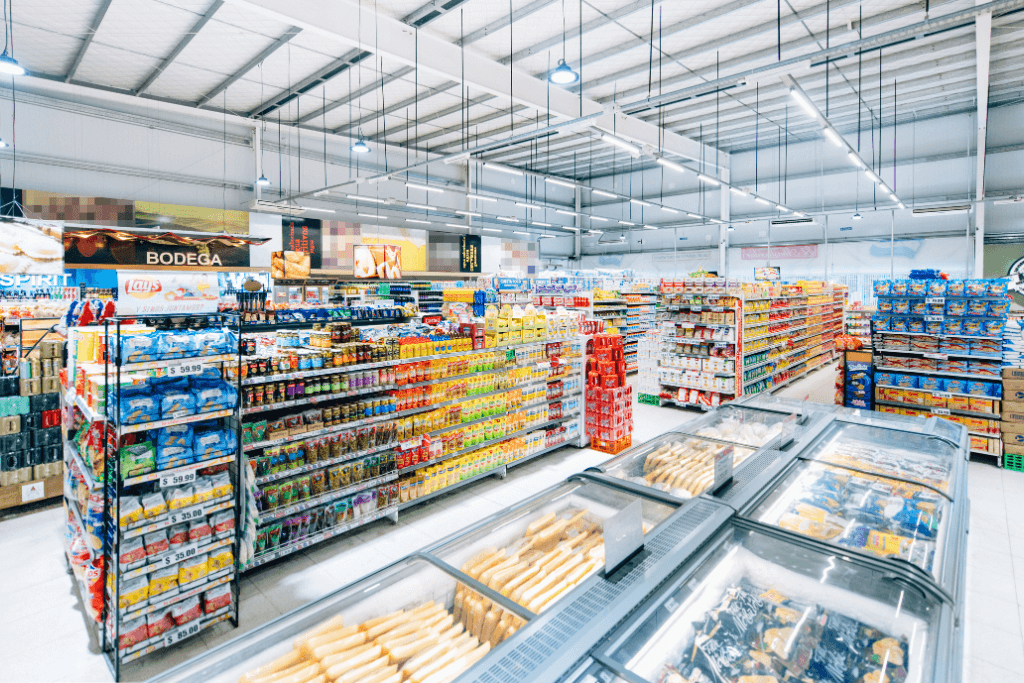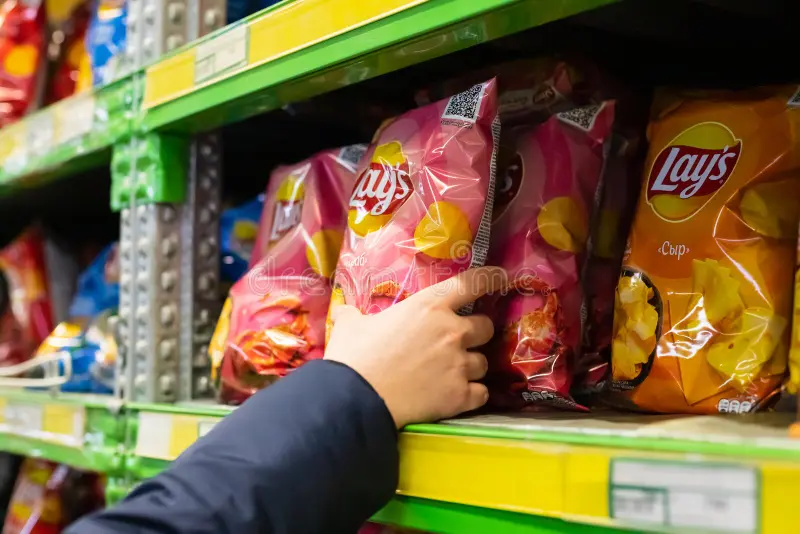
What is FMCG? Understanding Fast-Moving Consumer Goods
Take a moment to imagine your day from the moment you wake up. You reach for your toothbrush and toothpaste, pour a glass of juice or coffee, wash your hands with soap, and maybe grab a quick snack. These everyday FMCG products may feel ordinary, but they are part of one of the most dynamic and influential industries in existence today.
In this article, we’ll explore the FMCG meaning, how it differs from consumer packaged goods (CPG), key examples and categories, the most profitable segments, and the future of this fast-changing sector.
At its simplest, the FMCG meaning refers to goods that are affordable, purchased frequently, and used up quickly. The defining features of fast moving consumer goods are:
Affordability – low-cost essentials accessible to all income groups.
Frequency of purchase – bought repeatedly on a weekly or monthly basis.
High turnover – rarely sit on shelves for long in stores or homes.
The fast-moving consumer goods industry thrives on scale. Instead of relying on one-time expensive purchases, FMCG businesses profit by selling huge volumes of products such as eggs, bottled water, toothpaste, and soap millions of times over.
Difference Between FMCG and CPG
Although often used interchangeably, fast-moving consumer goods (FMCG) and consumer packaged goods (CPG) have distinct meanings.
FMCG: Goods consumed quickly, requiring frequent replacement (e.g., snacks, shampoo, detergent).
CPG: A broader category that includes FMCG as well as durable packaged goods with longer lifespans (e.g., appliances, cleaning tools).
This distinction matters because the FMCG business operates at a much faster pace. FMCG companies must focus on efficient supply chains, aggressive marketing, and constant replenishment to keep up with consumer demand.
Examples of Fast-Moving Consumer Goods
Some of the most common fast moving consumer goods examples include:
- Food & Beverages: bottled water, packaged snacks, instant coffee, breakfast cereals, confectionery.
- Personal Care: toothpaste, soap, shampoo, deodorant, skincare products.
- Household Care: detergents, dishwashing liquids, floor cleaners, paper towels.
- Healthcare: OTC medicines, vitamins, bandages, supplements.
These FMCG products form the backbone of consumer shopping habits and account for a significant share of the fast moving consumer goods sector worldwide.
Popular FMCG Categories
Let’s go deeper into the fast-moving consumer goods categories that dominate the marketplace today.
1. Food and Beverage
The largest FMCG category, representing nearly 45% of global FMCG revenues. From multinational giants like Coca-Cola and Nestlé to local snack producers, food and drinks dominate daily consumption.
2. Personal and Beauty Care
Products like soap, shampoos, deodorants, cosmetics, and skincare. Brand loyalty is strong in this category once a consumer trusts a brand like Colgate or Dove, they rarely switch.
3. Household Care
Includes cleaning sprays, dishwashing liquids, detergents, and related hygiene items. Though less glamorous, these are vital fast moving products. Companies like Unilever and Procter & Gamble dominate this space.
4. Healthcare and Pharmaceuticals
Covers over-the-counter products, vitamins, and first-aid essentials. The fast moving consumer goods industry overlaps with pharmaceuticals, driven by necessity and health-conscious consumer behavior.
5. Packaged Essentials
Staples like dairy, rice, bread, and pasta — everyday goods that ensure convenience and affordability.
Most Profitable FMCG Categories
The most profitable FMCG companies succeed by combining repeat demand with brand loyalty.
Beverages: Bottled water, carbonated drinks, and juices (e.g., Coca-Cola, PepsiCo) dominate due to sheer consumption volume.
Personal Care: Cosmetics and skincare products (e.g., L’Oréal, Unilever) deliver higher margins and emotional trust.
Packaged Foods: Brands like Nestlé and Kellogg’s thrive on scale and global recognition.
Even with slim margins per unit, the scale of fast moving consumer goods brands creates long-term profitability and global presence.
Importance of the FMCG Industry
The fast-moving consumer goods industry is one of the most critical contributors to global economies. Its influence goes far beyond the products on shelves.
- Economic driver: The fast-moving consumer goods industry generates trillions of dollars globally, with revenue streams that consistently fuel economic growth.
- Innovation engine: Many innovations in packaging, digital commerce, and distribution begin within the fast-moving consumer goods sector before expanding into other industries.
- Consumer influence: The sector studies consumer behavior and shopping psychology in detail, helping shape trends that affect other industries.
- Resilience: Even in recessions, FMCG products remain steady sellers because they are essential for daily living.
For B2B players, partnering with the fast moving consumer goods business offers stability and continuous demand in logistics, packaging, technology, and supply chain solutions.
Future of the Fast-Moving Consumer Goods Sector
The future of the FMCG industry is being shaped by digital transformation, sustainability, and evolving consumer expectations.
- Sustainability: FMCG companies are adopting biodegradable packaging and eco-friendly alternatives.
- Digital-first Commerce: Online marketplaces and quick-delivery apps are redefining FMCG shopping.
- Direct-to-Consumer: More FMCG companies are launching their own apps and websites to build brand loyalty.
- AI & Analytics: Predictive demand forecasting, smart pricing, and supply chain optimization are reshaping the FMCG business model.
Conclusion
The world of fast-moving consumer goods is woven into our daily lives. From the moment we wake up until we go to bed, we engage with countless products in this sector. While they may seem like small purchases ,such as confectionery, they collectively represent one of the largest and most resilient industries on the planet.
We have explored the FMCG industry, from definitions and categories to profitability, importance, and the exciting trends shaping its future. The FMCG sector is not only essential for consumers, but it is also a powerful space for businesses and brands to grow, innovate, and thrive.
At Falcon Gallant, we understand the complexities of the FMCG business. We help businesses adapt to changing consumer expectations, embrace innovation, and seize global opportunities. Whether you are looking to expand your footprint or refine your strategy, Falcon Gallant is your partner in navigating the dynamic world of FMCG.
FAQs
1. What is the meaning of FMCG?
FMCG stands for Fast-Moving Consumer Goods. These are products that sell quickly, at low prices, and in high volumes.
2. What are the top FMCG brands?
Some leading fast-moving consumer goods brands include Coca-Cola, Unilever, Nestlé, Procter & Gamble, and PepsiCo.
3. Which FMCG products are most profitable?
The most profitable fast-moving consumer goods include beverages, snacks, and personal care products, all of which combine high repeat demand with strong brand recognition.
4. What is the difference between FMCG and CPG?
FMCG refers to essential, fast-selling goods, while CPG covers all packaged goods, including durable items that last longer.



